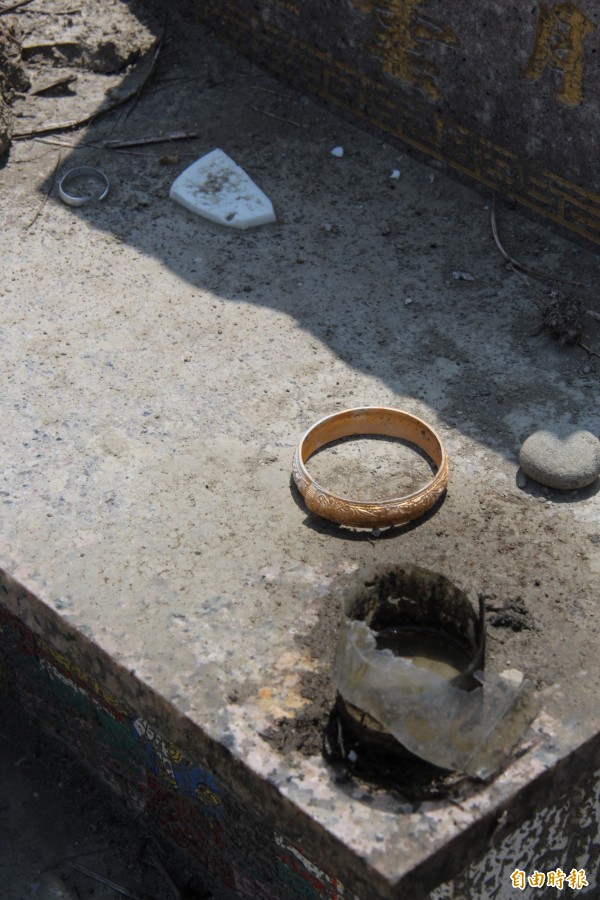.jpg)
By Janet Shin
Void, or “gong mang” in Korean, is one of the important saju theories in interpreting specific matters. It literally means emptiness or vanishing. When it is applied to saju, it represents a sense of futility and a vain attempt. Not every fortune teller takes it into consideration but once you know its reasoning, you will find it very practical to use.
Void is generated by interactive combinations between 10 heavenly stems and 12 earthly branches. Ancient people observed the universe to classify its energy into two fundamental status, the yin and yang. In pursuit of comprehending the chaos, the primary perception was to discern all phenomena and changes by the corresponding relationship between the yin and yang. The latter symbolizes rising and increasing energy, while the former descending and retrogressing energy. They have also served as representative features of the heaven and earth to illustrate the opposing and yet harmonizing forces of the universe. Their emblematic lines, either broken(--) or unbroken(ㅡ) suggest a profound structure of thought to form a great philosophical basis in the East.
.jpg)
There are five universal elements: wood, metal, water, fire and earth, which seems not to be clearly connected with the concept of the yin and yang. Obviously other cultures have specified various different principles. For instance, water was defined by Thales of Miletus (624 B.C.-546 B.C.) as a single originating material, while air was infinite and a basic principle of all things for Anaximenes of Miletus (585
B.C.- 525 B.C.). India has believed in four materials, earth, water, fire and air to constitute the universe.
Based on the two counter abstractions of yin and yang and the five elements, the ten heavenly stems were generated; gap, eul, byeong, jeong, mu, gi, gyeong, sin, im, gye. Meanwhile, it was required to add two more letters to comprise the quadrate land with four seasons and 12 months of the year, since they perceived the “round heaven and square earth”. The 12 earthly branches are, ja, chuk, in, myo, jin, sa, o, mi, sin, yu, sul, hae. These are also known as the 12 oriental zodiac signs, rat, cow, tiger, rabbit, dragon, snake, horse, sheep, monkey, rooster, dog and pig.
They form a pair of heavenly and earthly letters. After all, two earthly letters in each row will lose their matches, which become “void”.
We read the void energy based on one’s day pillar. For example, if your day pillar is located in the first row of gap-ja combination, sul and hae are your void letters.
They bear meaningful implications subject to any situation. If one has void letters in his or her saju or if they are located in a parent’s palace or representing a parent’s energy, the person would lack their parents’ support. The other relations and fortune are reckoned accordingly. We may also compare it with yearly fortune. This year (2015) has eul-mi in its heaven-earth combination. So those who have a day master in the row of gap-sin sequence are “void” in 2015. As the void years rarely yield a substantial outcome, it is recommendable to recess and stay still until the end of the year.
It is more useful when you read your daily fortune. May 8 and 9 in 2015, for example, are sin and yu, respectively. You may read the daily fortune for fun, but if you would like to consult a fortune teller for an important event, “void” can be an intriguing reference. It is better not to plan any important meetings or contracts on void days.
。。。。。。。。。。。。。。
Saju [사주], or "human's life", is an ancient form of Korean fortune-telling which uses your birth date and time to reveal aspects of your personality and character, including predilections, positive attributes and talents, and needs. It is based on five elements that are said to make up all things:
water
fire
earth
trees
metal
The Chinese characters that represent these elements also have corollary meanings, like animals, directions, and family members, so the reader can glean answers to many of the client's questions from the eight original characters formed by their birth date.
Many Koreans believe strongly in the power of the saju, and consult theirs regularly in times of change, particularly before a big move, job change, or prior to a wedding, to see if they or their children are compatible with the spouse-to-be. The fortune teller, or reader, will often become a sort of counselor to her clients, advising them on a particular action based on the revelations in their saju.
.jpg) By Janet Shin
By Janet Shin.jpg)



